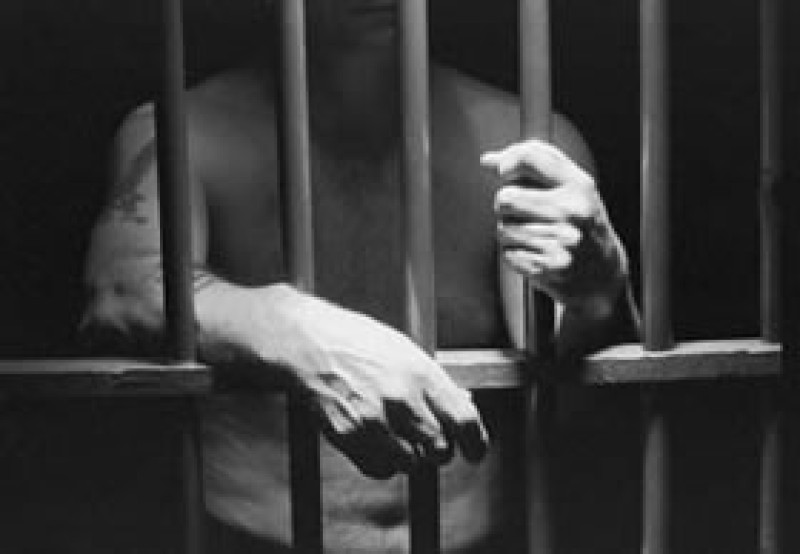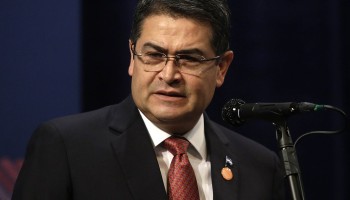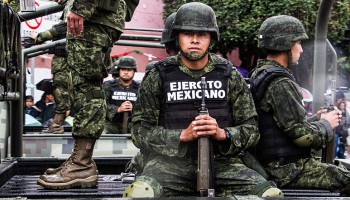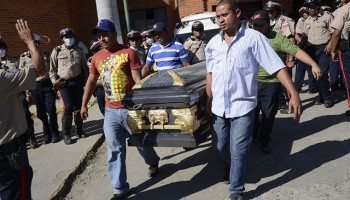The mobile phone-captured video, which was released to the Folha de S. Paulo newspaper, depicts prisoners posing with three mutilated bodies— victims of an internal gang conflict within the Pedrinhas prison.
After the gory prison deaths, security forces tried to assert control over the prisons. According to the New York Times, inmates allegedly responded to the clamp-down by ordering retaliatory attacks outside of the prison walls. A police station came under fire and at least four buses were burned in the state capital, killing one child and injuring many others.
The December murders came after a report by the National Justice Council, which expressed concern over the internal rivalries and organized crime group influence within the prison system in the Brazilian state of Maranhao, where Pedrinhas is located.
Brazil’s overcrowded prisons “are hotbeds for violence, mass breakouts and criminal activity [and] have also played a critical role in the development of Brazilian organized crime,” reports InSight Crime.
According to the investigative journalism group, organized crime and prison gang violence has historically primarily been found in urban areas such as Sao Paulo and Rio.
However, in recent years a rise in homicides and gun-related deaths in northeastern Brazil suggests that prison gangs are expanding their influence into this region.
Homicides in Maranhao have risen by 460 percent in 13 years, with 807 deaths reported in the region’s capital area in 2013, reports InSight Crime.
Maria Laura Canineu, the Brazil director of Human Rights Watch, said that the Pedrinhas prison crimes are part of a larger problem of uncontrolled violence in the Maranhao prison system.
“The state urgently needs to investigate these crimes, restore order in the prisons, and ensure the inmates’ safety,” she said in a Human Rights Watch article.






